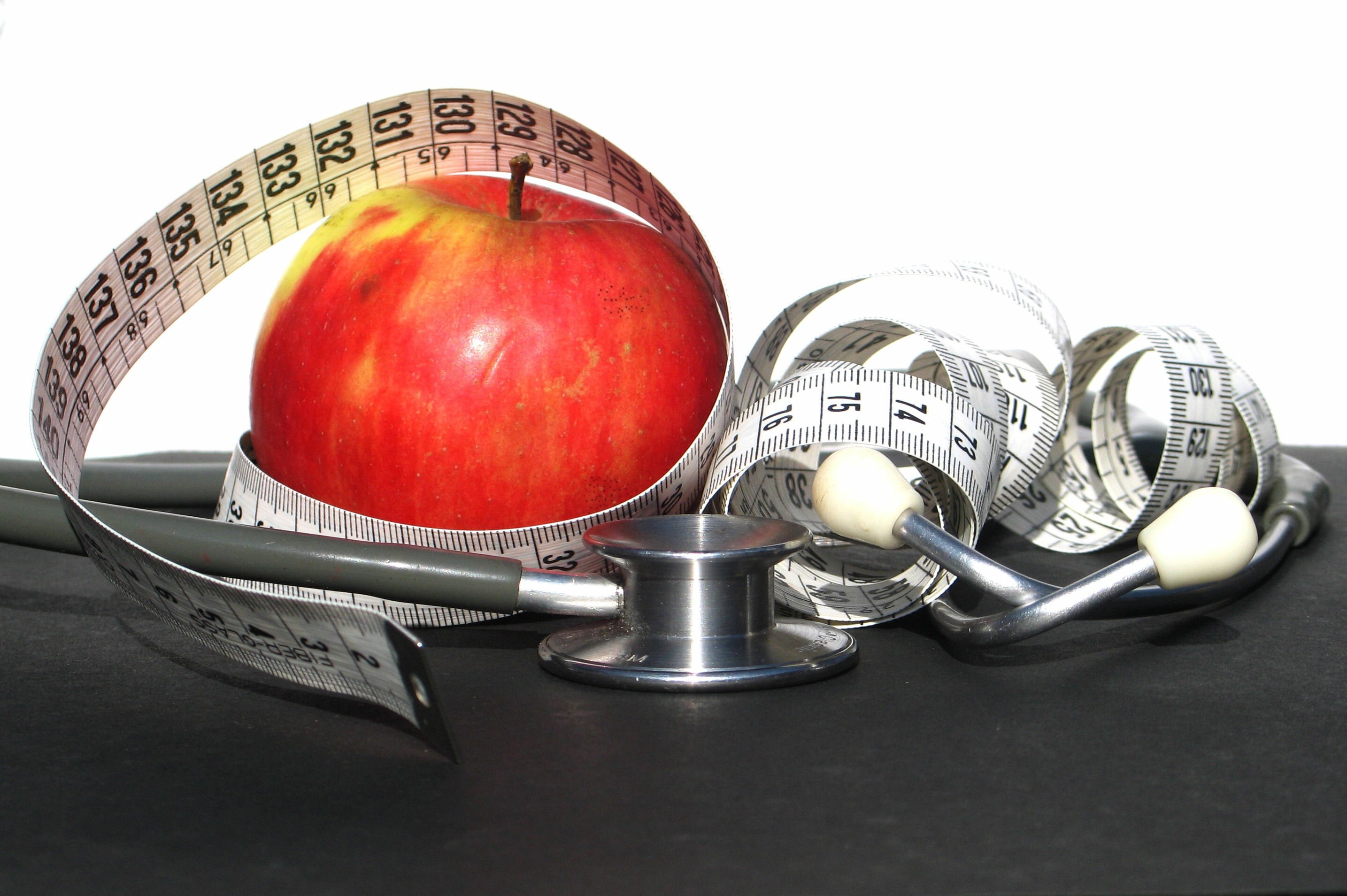Efficient functioning of the lymphatic system is critical to our body’s ability to detoxify and regenerate tissues. As part of a healthy immune system, the lymphatic system is linked to our blood for filtering and recovery of crucial substances, transportation of fatty acids and to production of antibodies. It is apparent then, that our lymphatic system is very active in systemic health, with less-than-optimal function implicated from allergies, frequent colds and infections.
Unlike the circulatory system which functions from the pumping of our heart for blood flow, the lymphatic system functions from respiration and body movement that causes hundreds of tiny muscular units to contract throughout the body propelling lymph through tiny capillaries to lymph vessels and nodes. Numerous substances are transported through the lymph, such as bacteria and wastes, proteins, hormones, fatty acids and immune cells. When lymph circulation stagnates, the wastes accumulate to compromise function.
Stagnation of the Lymphatic System
Lymphatic flow may be impacted from infections, fatigue, age, illness, accumulation of chemicals and other waste, shock or trauma from injury. Mobility restrictions can strain our lymphatic system’s function as movement is a key factor for lymphatic circulation.
Manual Lymphatic Drainage Massage
People seek manual lymphatic drainage massage for a variety of reasons. When an individual experiences swelling in a leg or an arm, lymphatic drainage therapy is often recommended as swelling indicates the interstitial fluid draining from capillaries to larger lymphatic vessels for removal is not functioning properly. Other reasons for lymph drainage massage include providing the lymphatic system with a boost when too many colds appear or allergies worsen, maintenance for cellulite management and assistance with post-cancer surgical removal of lymph nodes. Home care options are also suggested after a lymphatic treatment.
Effectiveness
Lymph drainage therapy targets
- improved fluid circulation by stimulating lymphatic system function
- enhanced parasympathic nervous system function for a calming effect
One treatment usually does not make a lasting improvement because a condition does not appear overnight and will take similar time for balancing body function. Having said that, working with the lymphatic system manually when combined with guidelines for homecare can be an excellent adjunct for enhancing a recovery or health improvement protocol.
Noticeable change after lymphatic drainage massage is usually evident after two to three treatments, although up to ten sessions are recommended for cases of node removal where the fluid must be re-routed and for severe limb swelling which may progress into the condition of lymphedema. According to individual metabolism, the effects of manual drainage massage may present as initial fatigue during the first night while the body processes the treatment, better sleep is usually experienced, improved energy levels starting one to two days after a treatment, and less tightness or swelling in a limb.
The Treatment
Manual lymphatic drainage massage is very light because the fine network of lymphatic vessels is not deeply embedded in muscle tissue. This specialized massage involves the use of subtle techniques on the skin for enhanced flow of the lymphatic fluid, targeting the lymph vessels just under the skin’s epidermis.



